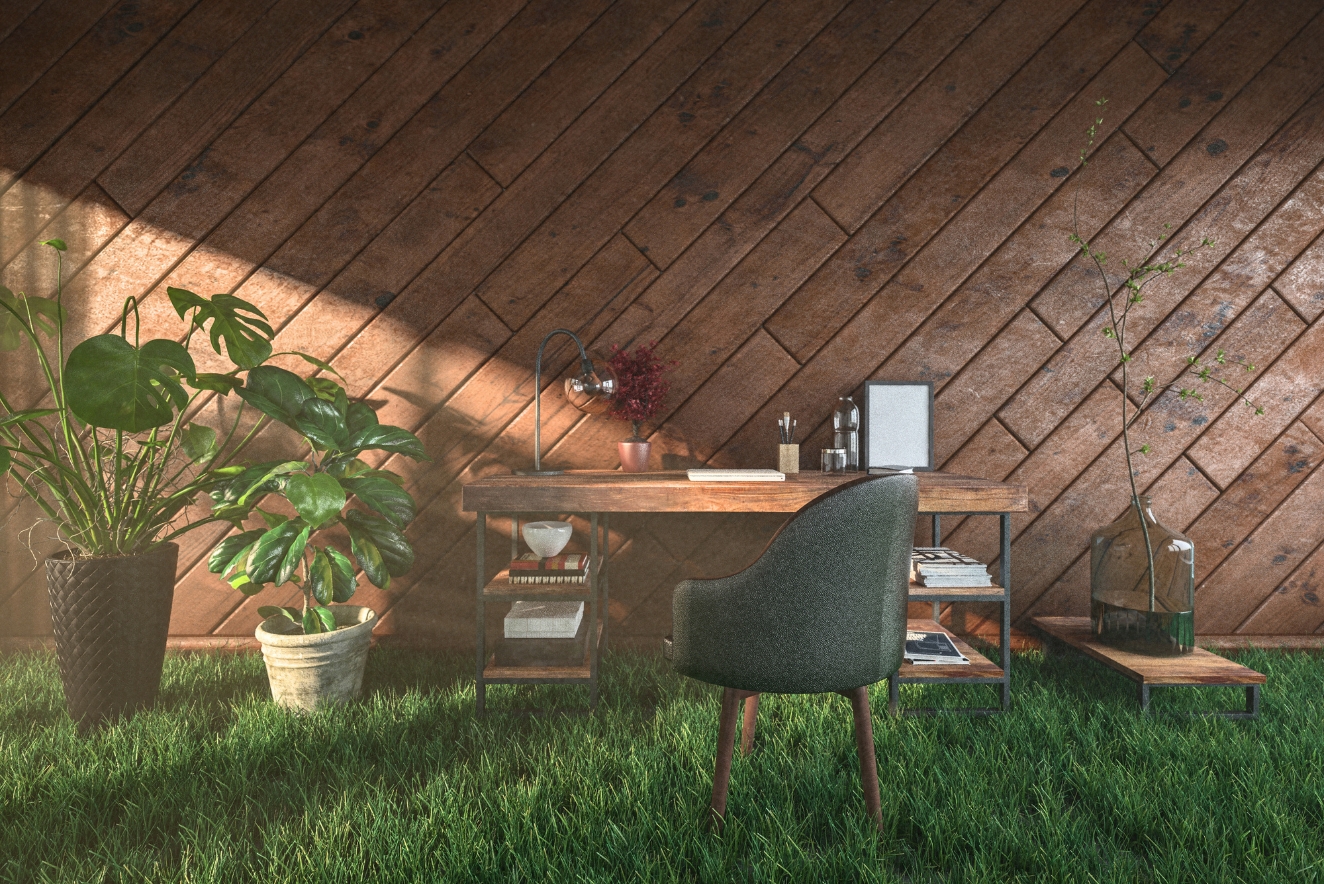One year into running our home food business, COVID hit. Like every food entrepreneur, we faced a choice: adapt or close. What happened next transformed our dark kitchen operations into a systematic success story, teaching us invaluable lessons about building food business systems that actually work.
From Home Kitchen to Dark Kitchen Business
Running a food business from home isn’t just about great recipes – it’s about creating systems that make your business sustainable. With Claudia’s professional chef background, we thought we understood kitchen operations. But building a successful dark kitchen business pushed us to develop entirely new ways of working.
The COVID Catalyst: When Food Business Systems Become Essential
The pandemic transformed how people celebrated. Our home bakery business suddenly shifted from traditional cakes to “drive-by party” packages. These celebrations involved decorated garage setups where guests would drive past, drop off gifts, and receive individual party kits complete with cake slices, candy, and meals. Managing this complex operation from our dark kitchen required robust systems.
Building Core Food Business Systems
1. Professional Recipe Systems
With Claudia’s chef training, we already had strong standardized basic recipes. But scaling our dark kitchen operations meant taking these culinary standards further:
The Evolution:
- Elevated professional recipes for home food business scale
- Developed standardized assembly methods
- Created precise portion guides
- Documented decorating techniques and timings
During the pandemic, these systems proved essential:
- Adapted portions for individual servings
- Standardized celebration kit components
- Created assembly guides for different package types
- Added quality checkpoints for new product lines
2. Dark Kitchen Cost Management
Operating a successful food business from home meant mastering our numbers:
The Learning Process:
- Started with basic ingredient costing
- Developed home kitchen inventory systems
- Created delivery zone pricing
- Built profit tracking for different product lines
As our dark kitchen business evolved, so did our approach:
- Incorporated new packaging requirements
- Added structured delivery costs
- Tracked preparation time for custom orders
- Created comprehensive pricing guides
3. Home Food Business Operations
Managing orders from our home kitchen required clear processes:
Early Challenges:
- Creating clear ordering systems
- Developing safety protocols
- Coordinating home delivery logistics
- Managing production in limited space
Solutions We Built:
- Designed clear ordering guides
- Established communication templates
- Created efficient packing protocols
- Built flexible production schedules
Learning to Build Food Business Systems
Our path to creating effective kitchen operations wasn’t straightforward. Here’s what we learned:
1. Start Where You Are
We began with professional kitchen experience and adapted it for our home food business needs:
- Standardized portions for consistency
- Developed dark kitchen pricing systems
- Created order management workflows
2. Learn from Real Challenges
Each system emerged from actual problems:
- Miscommunicated orders led to clear templates
- Packaging issues created detailed guides
- Time management shaped production schedules
3. Keep Evolving
What we learned about systems didn’t end with our cake business. These principles now inform everything we do:
- Each business challenge reveals new ways to apply systematic thinking
- Client experiences help refine our consulting approach
- Different markets teach us about system adaptability
The beauty of well-built systems is how their core principles translate across businesses and industries. What started as dark kitchen solutions now helps food entrepreneurs worldwide build stronger operations.
Success in a Niche Market: Beyond Social Media Numbers
Operating a food business from home in a Mexican city of 980,000 people taught us valuable lessons about niche markets:
Building a Two-Brand Strategy
- Our dark kitchen business, Duquesa Pastel, grew to around 2,000 followers – solid for our niche market
- Meanwhile, our personal brand (@adeelandclaudia) grew to 27,000+ Instagram and 38,000+ TikTok followers
- This dual approach showed how personal branding amplifies food business growth
The Power of Personal Brand in Food Business
- Builds trust through transparent kitchen operations
- Shows the human side of your dark kitchen business
- Creates multiple touchpoints with potential customers
- Opens doors for business opportunities beyond your local market
Real Business Impact
- Consistent order flow in our niche market
- Strong word-of-mouth referrals
- Premium positioning in our local market
- Foundation for expanding into food business consulting
Moving Forward: Systems + Strategy for Food Business Success
Building food business systems isn’t about achieving perfection – it’s about creating foundations that can evolve with your business. Our dark kitchen journey taught us that successful food businesses need both:
1. Strong Operational Systems
- Start with what you know
- Document as you learn
- Keep refining based on experience
2. Strategic Brand Building
- Develop your personal brand alongside your business
- Share your journey authentically
- Use multiple platforms to reach your audience
- Let your systems become part of your story
Remember, every food business is unique. The systems we developed worked for our market and circumstances. Your journey will have its own challenges and opportunities. The key isn’t to copy someone else’s systems perfectly – it’s to start documenting your own processes and learning from each step of the way.
Want to follow our continued journey helping food entrepreneurs? Connect with us on Instagram @adeelandclaudia where we share insights about food business operations, systems development, and the power of combining operational excellence with strategic brand building.


